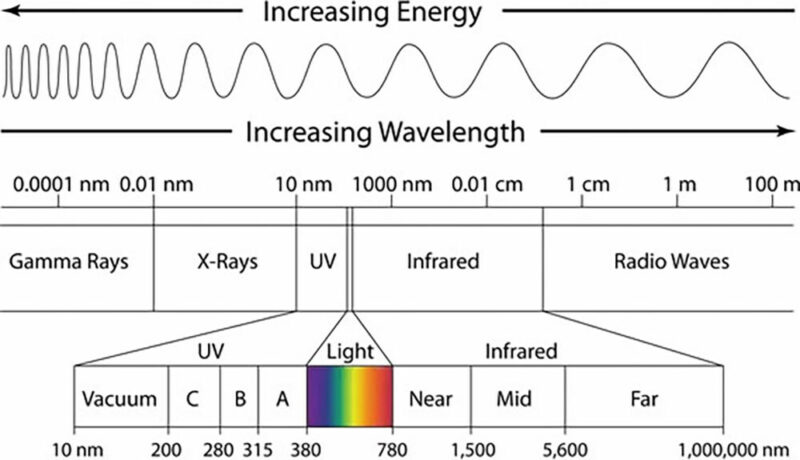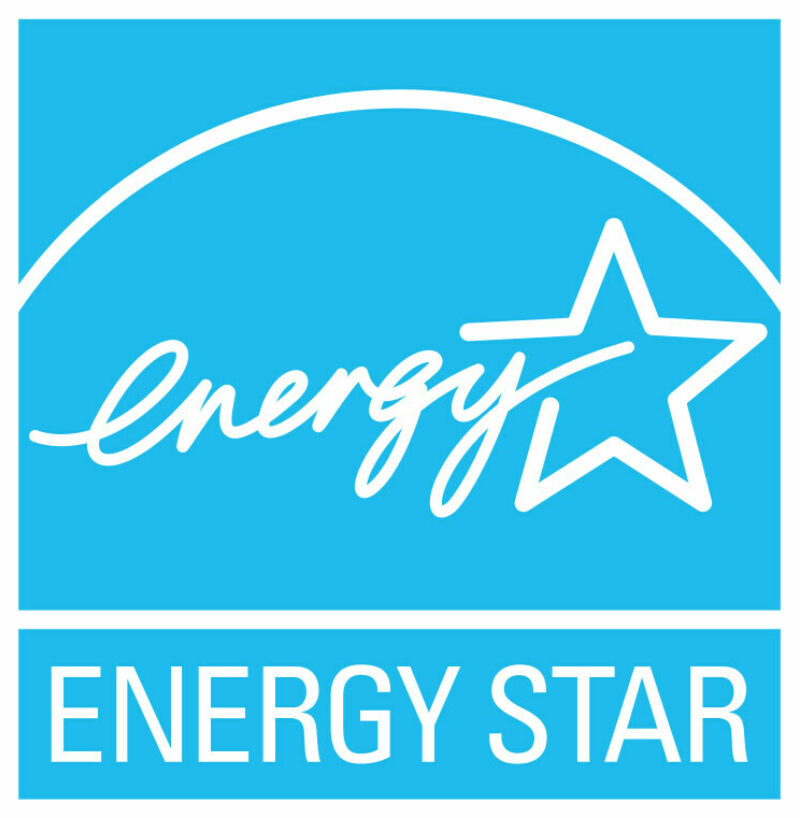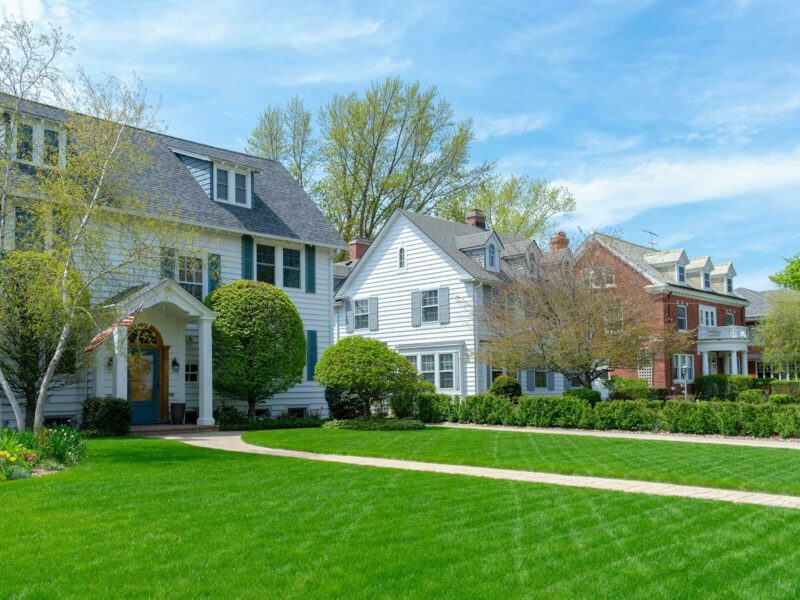Article Excerpt
Energy-efficient window systems can save you money on your power bills, improve the value of your home, and help you beat the Texas heat.
Energy-efficient windows can keep excess heat out of your home, or they can trap heat in your home. In Texas, the former is usually what homeowners want. Let’s take a look at the different types of modern energy-efficient window systems.
Energy-Efficient Window Terms and Vocabulary
Before we get into the details of energy-efficient window systems, we should review some vocabulary:
Glazing: This old-timey word generally refers to the actual panes of glass used in window systems. A single-glazed window has one pane of glass, a double-glazed window has two panes of glass, and so on. The term “glazing” can also refer to compounds used to coat the glass to improve energy efficiency.
Low-E glass: Low-emissivity (“low-E”) glass is treated with materials that block infrared and ultraviolet light without limiting the amount of visible light that gets through.
Gas fills: In some windows with multiple panes of glass, the space between the panes is filled with an inert gas like argon or krypton, which helps to insulate the interior of the home.
Double- or triple-pane: A window with two or three panes of glass (see “glazing” above).
Frame: The structure that holds the pane(s) of glass in place. This is just as important a component of an energy-efficient window system as the glass itself.
Energy star windows: Windows that have met the criteria for the ENERGY STAR designation, which certifies various energy-efficient products and structures.
U-factor: This refers to the rate at which a window conducts heat from sources other than the sun.
Solar heat gain coefficient (SGHC): The fraction of heat radiation from the sun that enters a home through a window.
Air leakage rating: The rate of movement into or out of a home through a closed window.
Components of an Energy-Efficient Window System
Each of these components offers greater efficiency benefits the more features you choose.
» READ MORE: Energy.gov’s Window Types & Technology Information Page
Window Types
Hinged windows that swing inward or outward tend to have less air leakage than sliding windows. Windows with fixed panes tend to be airtight, but are otherwise less desirable in many situations.
Window Panes
More panes tend to offer more efficiency, especially if they include gas fills. They are also more expensive than single-pane windows.
Window Pane Coatings
Coated panes are perhaps the basic component of energy-efficient windows. Many coatings offer low-E or insulation. Some low-E coatings can target certain wavelengths of solar radiation, such as by allowing in some infrared light to reduce heating costs.
Window Frames
Fiberglass and wooden window frames are generally considered the most energy-efficient, with wood being the more expensive.
What makes a window “energy efficient”?
Windows allow natural light into a house, but they can also let in heat. Visible light is part of a much larger spectrum. After the highest wavelength of visible light, which we see as red, comes infrared radiation. This is when we feel heat. Before the lowest visible wavelengths comes ultraviolet radiation, which can cause fabrics and other materials to fade.
Energy efficient windows block or filter the types of light that cause heat to enter your home – while still allowing natural-looking light inside.

Image by Rosenfeld Media from Flickr
Windows can also allow air to pass into and out of a house. You do not want to air-condition or heat your entire neighborhood, and energy-efficient windows can help.
How much do energy-efficient windows cost?
Energy-efficient windows can vary widely in price, depending on how many features you want. A single-pane window with low-E glass and a fiberglass frame might cost around $325. A triple-glazed low-E window with gas fills in a wood casement could cost up to $800. In either case, you may save hundreds of dollars in energy costs each year if you replace every window in your home. It’s a big savings in the long run.
Energy Efficiency Labeling and Performance Benchmarks

Most homeowners have heard of Energy Star. It’s a government agency that helps ensure a high level of energy savings performance for consumers. You’ll see Energy Star stickers on products purchased from an official Energy Star partner.
The performance criteria involves minimum benchmarks for U-factor, SHGC, and air leakage. Each of these performance indicators help keep the air in your home at a consistent temperature by resisting outside weather conditions. Your HVAC system works less with Energy Star windows and doors.
Image by the United States EPA: Public domain via Wikimedia Commons.
In addition to the Energy Star designation, many windows have labels that use criteria established by the Environmental Protection Agency (EPA).
Per the Energy Star website, windows, doors, and skylights must be:
Manufactured by an Energy Star partner
Tested and certified by NFRC
Meet strict guidelines set by the UPA
» READ MORE: Energystar.gov’s Performance Benchmarks for Certified Windows
Ready for energy savings?
Renovation loans and cash-out refinancing can both help fund home projects that’ll increase value!
Whether you’re in the market to purchase a home or you’re thinking of renovating your current home – The Wood Group of Fairway is here to help. Find out what your best loan options are by filling out our short “get started” form!




